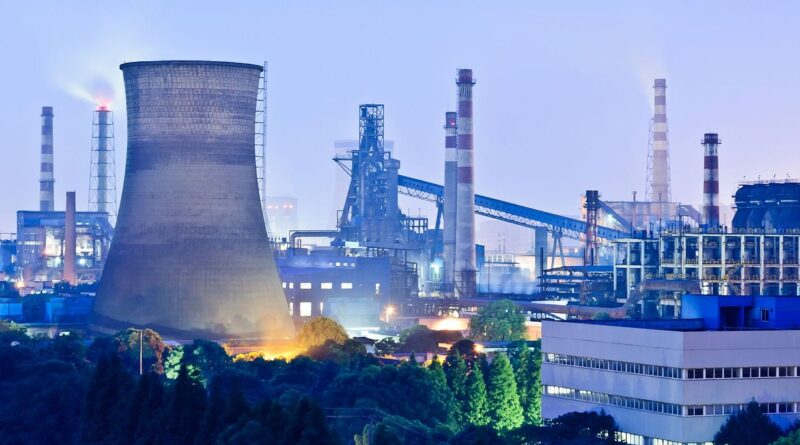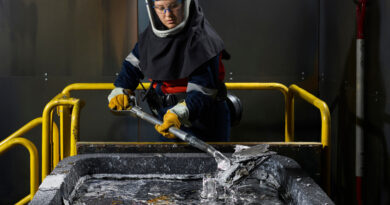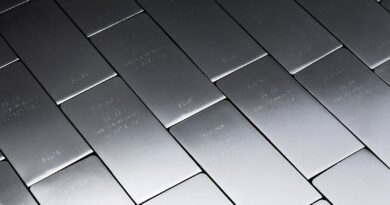Rio Tinto and BlueScope to explore low carbon-steelmaking pathways
MELBOURNE, Australia – Rio Tinto and BlueScope will work together to explore low-carbon steelmaking pathways using Pilbara iron ores, including the use of clean hydrogen to replace coking coal at BlueScope’s Port Kembla Steelworks.
The two companies have signed a Memorandum of Understanding (MOU) to research and design low-emissions processes for the steel value chain, including iron ore processing, iron and steelmaking and related technologies.
Rio Tinto and BlueScope will prioritise studying the use of green hydrogen at the Port Kembla Steelworks in Australia to directly reduce Pilbara iron ores into a product that could then be processed in an electric melter to produce metallic iron suitable to be finished into steel.
The MOU expands the partnership between the two companies, who were already jointly studying technology to reduce carbon emissions from existing iron and steelmaking processes. It will also allow more projects to be added as technologies mature.
Rio Tinto Iron Ore Chief Executive Simon Trott said “‘We are excited to sign this MOU with leading steelmaker BlueScope, a key customer of ours in Australia, and extend our partnership to low carbon iron and steelmaking.
“This partnership will benefit from BlueScope’s experience and know-how in using electric melters at its New Zealand steelworks, Rio Tinto’s experience in the Atlantic direct reduction market and the R&D capability and the experience of both Rio Tinto and BlueScope in iron ore processing.
“It is early days, but given both BlueScope and Rio Tinto are committed to net zero carbon emissions by 2050, we realise we need to investigate multiple pathways and strike partnerships across the steel value chain.”
BlueScope Chief Executive Mark Vassella said “We are pleased to be working with Rio Tinto, who supply the majority of iron ore to our Port Kembla plant. It’s a natural fit for us both and a meaningful opportunity for Australian steelmaking and mining to explore ways of contributing to emissions reduction targets.
“The new collaboration will focus on utilising green hydrogen for direct reduction of Rio Tinto’s Pilbara iron ores, which will then be fed into a melter.”
“This is an important program – one which will need broad support from governments, regulators, customers and suppliers. At a time when there is much talk and expectation about climate, this is an example of two significant Australian businesses getting on with real action. We are putting our dollars and our people right on the front line of addressing climate change.”
The first phase of the collaboration will be to determine the scale of a pilot plant to be based at the Port Kembla steelworks, consisting of a hydrogen electrolyser, direct reduction process and melter.
Rio Tinto Group is an Anglo-Australian multinational and the world’s second-largest metals and mining corporation, behind BHP, producing iron ore, copper, diamonds, gold and uranium.




